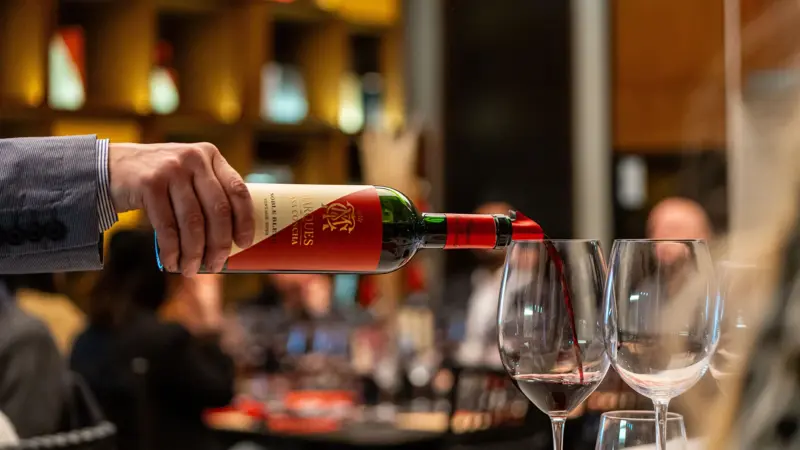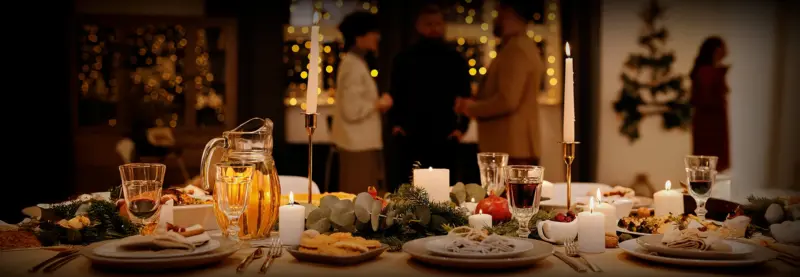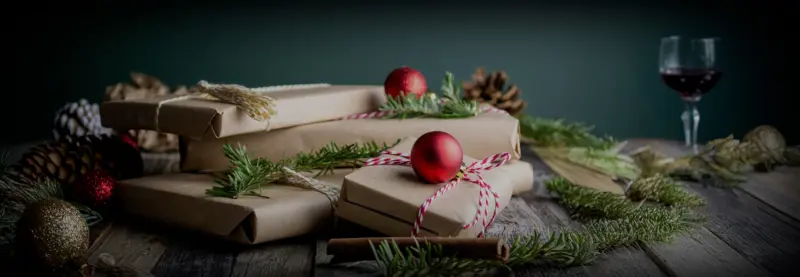They play a fundamental role that can influence wine in various ways. Here we tell you which they are and how you can identify them.
For many, talking about wine immediately brings to mind barrels full of this drink. It is one of the most romantic images surrounding wine. And rightly so, since these wooden containers, which were originally created as a way of preserving and transporting it, today play an essential role in the production of fine wines.
Depending on their material (generally American or French oak), size and the time they are used, oak barrels are capable of imparting different textures, aromas and flavours to wine. The smaller the size, the greater their influence. Although with use, the barrels will lose their flavour compounds and, therefore, the transfer of aromas and flavours that they can contribute to the wine.
Marques de Casa Concha Cabernet Sauvignon, for example, is aged in barrels for 18 months, with 63% of the wine aged in French oak barrels (28% first-use and 73% second-use), while the remaining 37% is aged in 5,000-litre casks. Thanks to this example, it is possible to know that the influence of the wood on the aromas of this particular wine is moderate, as only 28% is in new oak. New French oak generally provides aromas of vanilla, caramel, spices such as cinnamon, cloves or nutmeg, coconut, tobacco, chocolate, coffee or burnt sugar, but in the case of Marques de Casa Concha Cabernet Sauvignon, the most evident aroma is smoky, as well as flavours framed by firm tannins. This is often done so as not to overshadow the fruity character of the wine, and only give it a subtle touch.
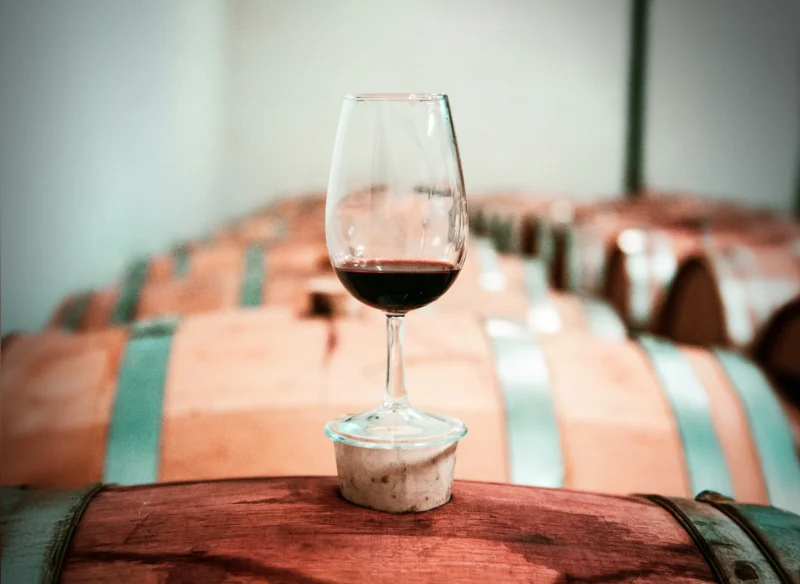
The barrel making craft
The barrel making is a very specific and difficult craft, carried out by master coopers. They join the wooden staves without glue or nails, until they form the barrel with only a hammer and pressure. Then they toast them with a wood fire, creating a wide range of interesting flavours that will later be transferred to the wine that goes inside that barrel. A wine can be inside a barrel for months or years, but the more time passes, the more flavours it will acquire. In addition, the barrel will help in the stabilisation of the colour, the softness of the tannins and protection from the outside, although with a trade-off, as the porosity of the wood allows the wine to breathe inside it. This process is called the maturation of the wine, where oxygen will allow certain aromas to evolve towards flavours of caramel, dried fruit and hazelnuts.
Barrel fermentation
In other cases, there are winemakers who choose to use barrels in the fermentation process. Once the alcoholic fermentation has finished, a second fermentation can occur inside the barrel called malolactic. Many believe that the integration of the fruity character of the wine with oak can be achieved much better when this malolactic fermentation occurs inside the barrel. In the case of Marques de Casa Concha Chardonnay, for example, fermentation takes place in oak barrels and lasts around 8 days. Then, it is aged for 12 months in French oak barrels (18% first use and the rest second use). The result is a wine that has aromas of ripe white fruit such as pear, with white flowers, toasted hazelnut and mineral notes. Its texture is silky and layers of mature flavours.
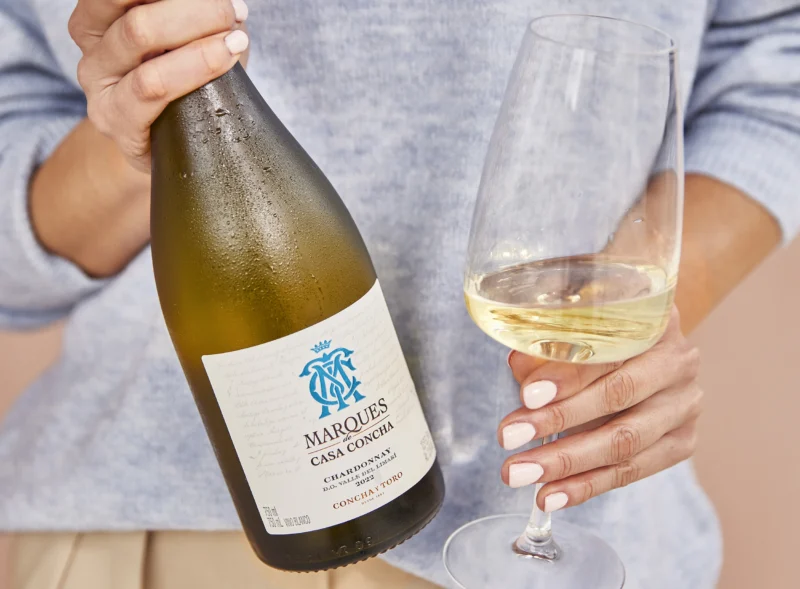
As you can see, this noble wine container is extremely important and widely used in the production of fine wines, given its high value.


